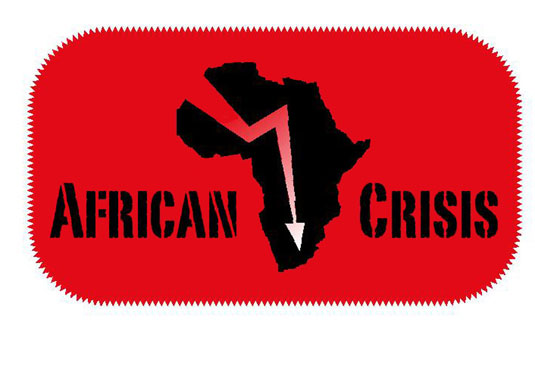WARNING: This is Version 1 of my old archive, so Photos will NOT work and many links will NOT work. But you can find articles by searching on the Titles. There is a lot of information in this archive. Use the SEARCH BAR at the top right. Prior to December 2012; I was a pro-Christian type of Conservative. I was unaware of the mass of Jewish lies in history, especially the lies regarding WW2 and Hitler. So in here you will find pro-Jewish and pro-Israel material. I was definitely WRONG about the Boeremag and Janusz Walus. They were for real.
Original Post Date: 2008-04-03 Time: 00:00:00 Posted By: Jan
South Africa’s energy crisis is exacerbated by electricity theft, which is also robbing Eskom of revenue.
It was difficult for Eskom to state how much electricity theft was costing it, but non-technical losses – such as billing and metering errors – amounted to R1-billion in the 2006/07 financial year, said Eskom spokesperson Tony Scott on Wednesday.
Of this amount, R16-million was lost through conductor theft – there were 449 known incidents of conductor theft in which 144 kilometres of line was stolen.
“Utilities worldwide are battling with energy losses and Eskom is not immune to that.
| ‘The problem of electricity theft is big’ |
“The problem of electricity theft is big, as utilities lose potential revenue and accidents sometimes occur that result in the loss of life,” said Scott.
Electricity theft was under control in some areas, but the problem was escalating in other areas, such as Eskom’s central and north-western regions, which include Johannesburg, the Vaal Triangle, West Rand, Bloemfontein, Kimberley and Welkom.
Scott said that to a certain extent, Eskom’s customers paid for a portion of electricity theft losses as the electricity rates approved by the National Energy Regulator of SA had an “allowance” built in to cover theft and commercial losses.
“The regulator approves electricity tariffs within which a fair allocation for system and commercial losses are included.”
The most common ways in which electricity was being stolen included illegal connections to the electricity grid. This posed a danger as such connections could result in electrocution.
Illegal connections could also result in the system overloading and instability, and higher electricity costs.
Eskom could implement technology and processes to manage the theft, but it was equally important for communities to help by reporting electricity thieves, said Scott.
“In some cases, communities prevent utility staff from doing inspections and disconnections, which escalates this problem even further,” he said.
Meanwhile, an attempt to market KwaZulu-Natal as an attractive investment destination to Indian businessmen and journalists got off to a gloomy start yesterday when a hotel in Umhlanga, where a presentation was being made, suffered a blackout as a result of load shedding.
The presentation – organised by Gavin Reddy, who heads the International Marketing Council of SA in Mumbai, India – was then conducted in a venue half-lit by the sun.
KwaZulu-Natal Director-General Kwazi Mbanjwa had to struggle through his speech in the poor light. His voice was nearly drowned out by the noise from nearby electricity generators.
“Unfortunately, we are in a dark city here. We have a problem of load shedding. It will be sorted out soon. It is a result of the massive development and growth in our economy in South Africa,” he said.
Mbanjwa said KwaZulu-Natal stood at the gateway to southern Africa and was the vital nerve centre for South Africa’s global reach.
He said the province’s comparative advantage of the harbour and its proximity to Gauteng and southern African states were vital.
“We are determined to use existing networks, especially with India, to build broader trade relationships,” he said.
Reddy said the initiative was meant to expose Indian journalists to South Africa. Six journalists would visit Johannesburg, Durban and Cape Town.
